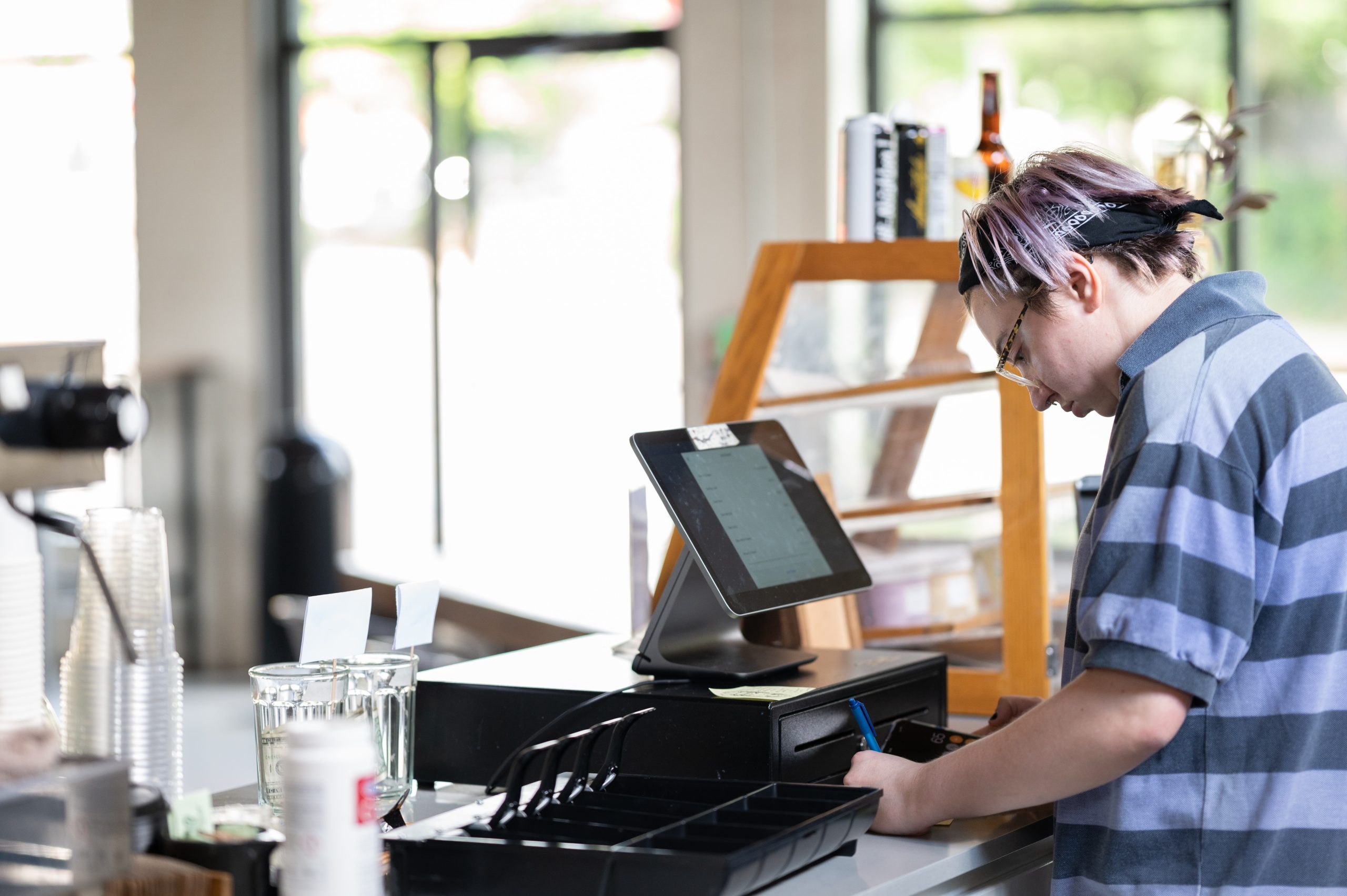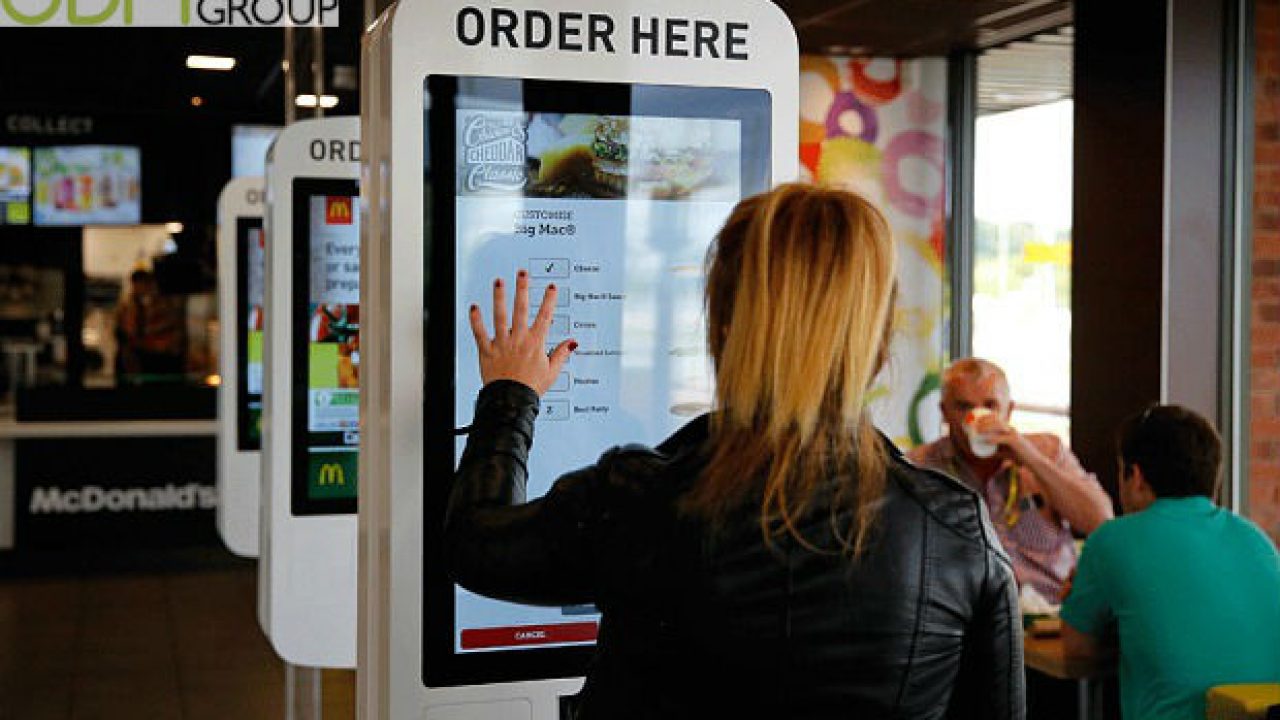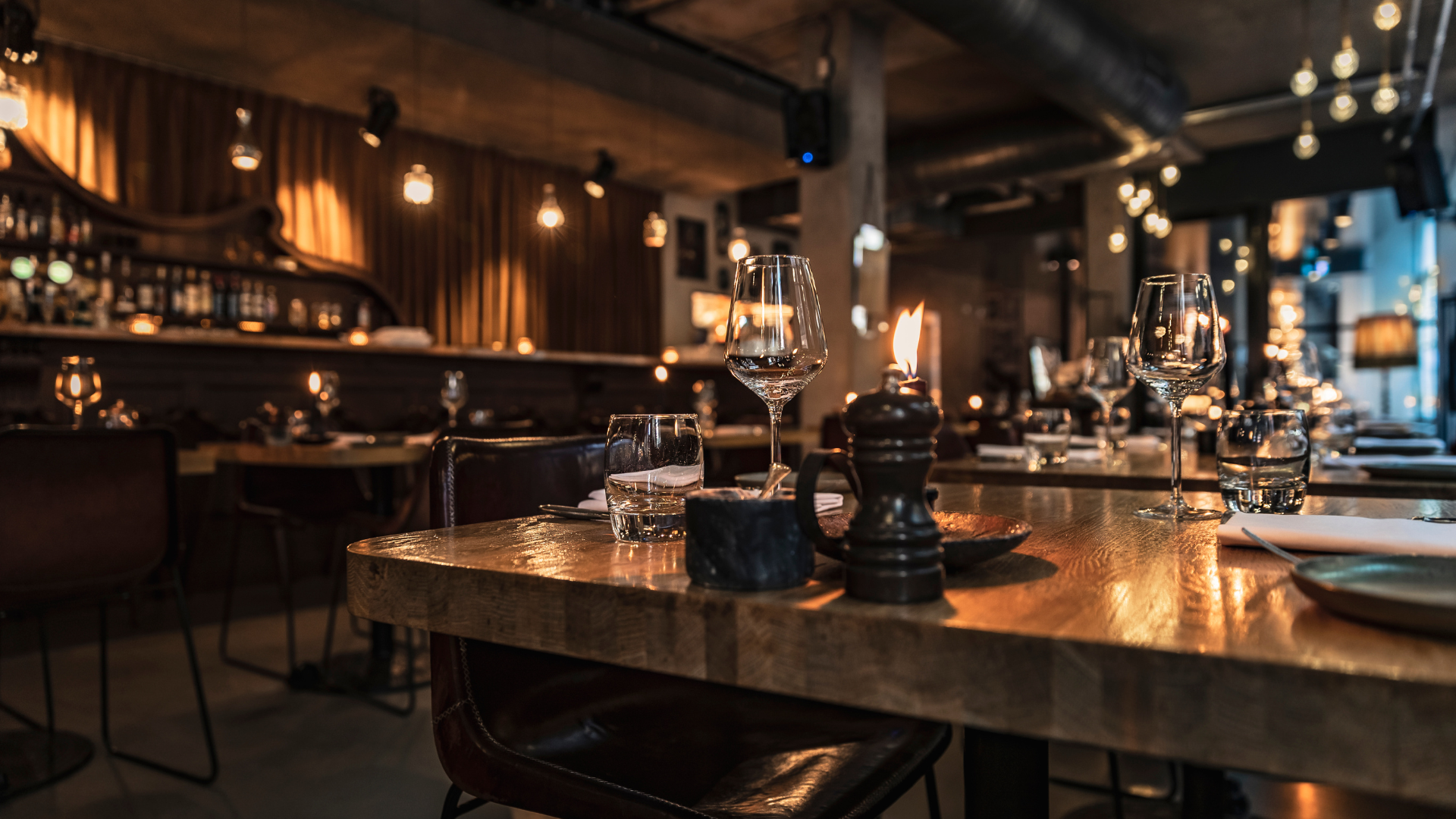Dining out is more than just about food; it’s an experience. Behind the scenes, ensuring this experience remains seamless and efficient is a web of technologies and systems. At the heart of these is the ePOS (Electronic Point of Sale) system. But what exactly is it, and why is it becoming a must-have in every modern restaurant? Dive in, and let’s demystify ePOS for you.
1. What is an ePOS system?
At its core, an ePOS system is a combination of hardware and software that allows businesses to process sales and monitor inventory. Imagine a sophisticated till system that does much more than just ring up sales. That’s your ePOS.
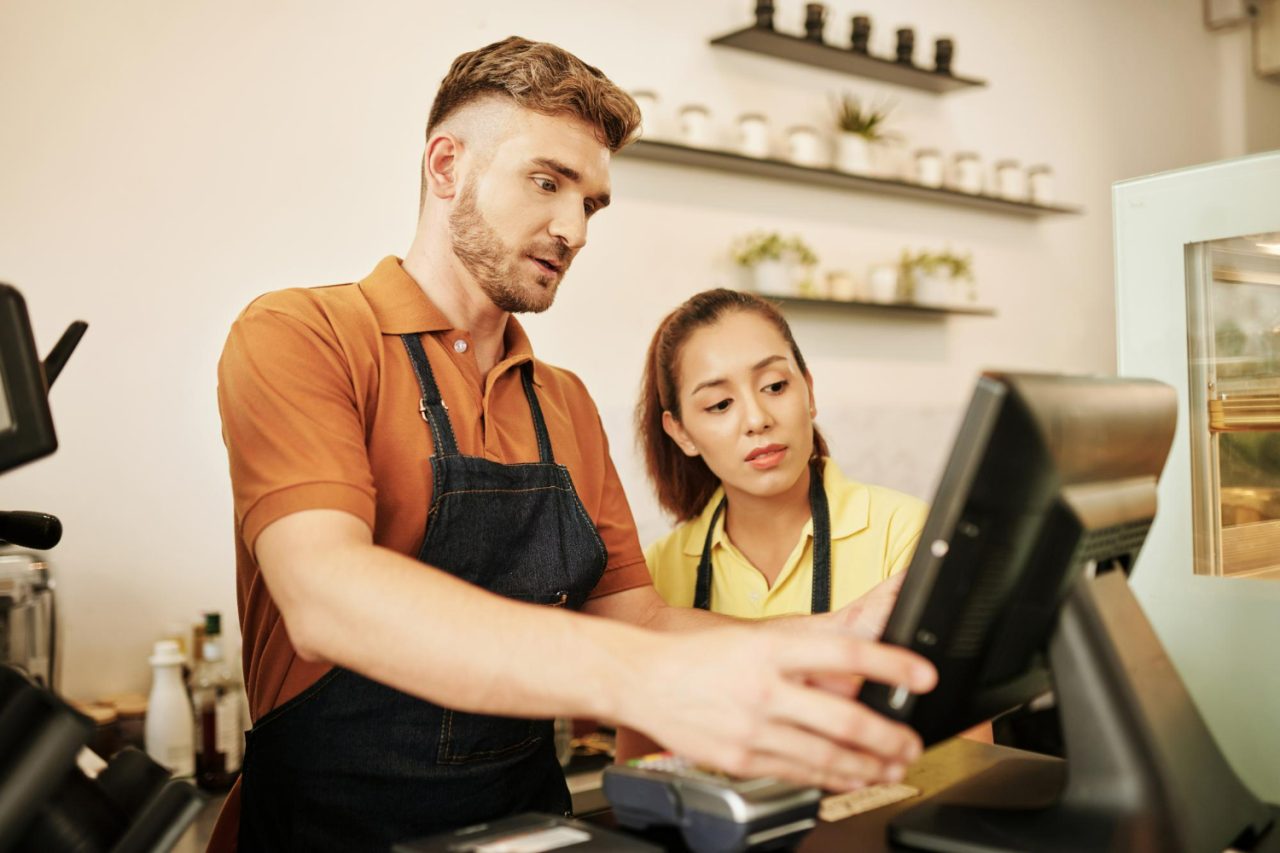
2. Components of an ePOS system
- Hardware: This includes touch-screen monitors, barcode scanners, cash drawers, receipt printers, and more.
- Software: It’s the brain behind the system, helping manage sales, inventory, customer data, and financial records.
3. Why restaurants need ePOS system
Streamlined operations: ePOS systems centralise restaurant operations. Whether it’s keeping tabs on inventory, sales reports, or employee performance, everything’s at your fingertips.
Faster service: No more manual calculations or handwritten orders. EPOS speeds up order processing, ensuring quicker service for customers.
Error reduction: Human errors in billing, order processing, or inventory can be costly. An automated system minimises these.
Enhanced customer experience: With features like loyalty programs, personalised offers, and efficient service, EPOS helps create memorable dining experiences.
Financial management: Your daily, weekly, or monthly sales, tax calculations, and profit margins are all easily tracked, aiding in better financial planning.
4. Delving deeper: Features of ePOS systems in restaurants
Order management: Servers can input orders directly into the system, eliminating paper chits and ensuring the kitchen gets accurate details.
Table management: Monitor which tables are occupied, which are reserved, and how long guests have been dining.
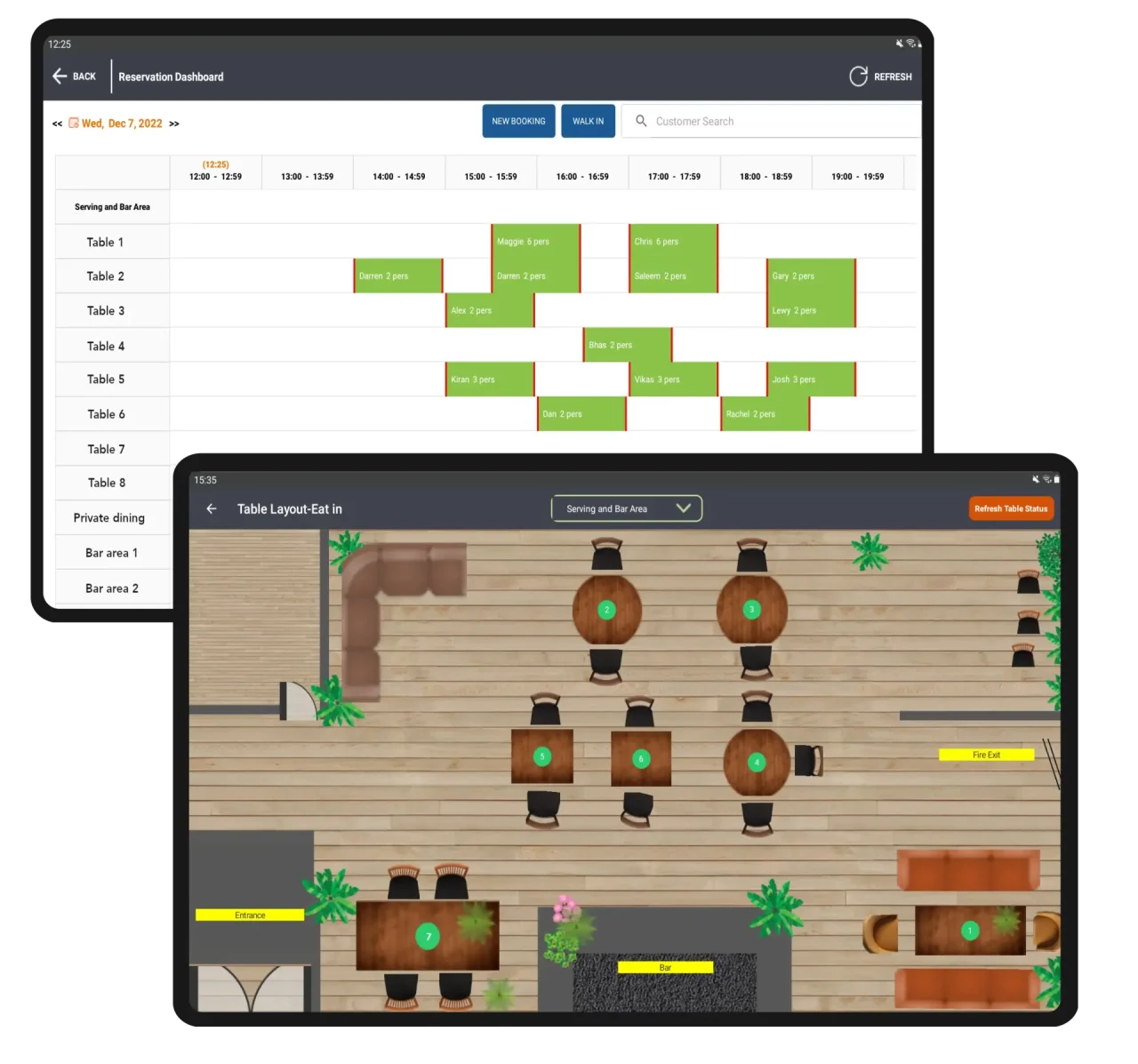
Inventory tracking: Know when you’re running low on ingredients, reducing waste and preventing last-minute stock-out situations.
Employee management: Track working hours, calculate wages, and even evaluate performance based on metrics like sales per server.
Customer database: Build a database of loyal customers, their preferences, birthdays, or anniversaries. This helps in personalising the dining experience and running targeted promotions.
Reporting & analytics: Understand your best-selling dishes, busiest hours, or even seasonal trends. Such insights drive business strategy.

5. The financial perks
Cost savings: By monitoring wastage, theft, and inefficiencies, restaurants can save considerably.
Increased revenue: Features like upselling prompts can guide servers to suggest add-ons, boosting sales.
Transparent financials: Every penny is accounted for. From the cash in the drawer to digital payments, there’s a trail for everything, ensuring financial transparency.
6. Improving the dining experience
Loyalty programs: Reward your regulars! ePOS systems can automate loyalty points, discounts, and promotional offers.
Order accuracy: With digital input, the chances of getting an order wrong diminishes, leading to happier customers.
Faster checkout: No one likes to wait for the bill. ePOS systems ensure billing is swift, sometimes even allowing customers to pay at the table.
7. Integrations: The added benefits
Modern EPOS systems don’t work in isolation. They integrate with:
- Booking systems: Reservations are synced in real time, preventing overbooking.
- Accounting software: Daily sales data can be directly fed into accounting systems, simplifying bookkeeping.
- Payment gateways: Accept all forms of digital payments, from credit cards to e-wallets.
- Marketing platforms: Use your customer database for email campaigns or promotional offers.
8. Going beyond dine-in: ePOS for takeaways & deliveries
The world is leaning towards takeaway and delivery. ePOS systems are not far behind.
- Order tracking: From order receipt to delivery, track every stage ensuring timely service.
- Integrated online ordering: Receive online orders directly into your system, reducing manual intervention and error.
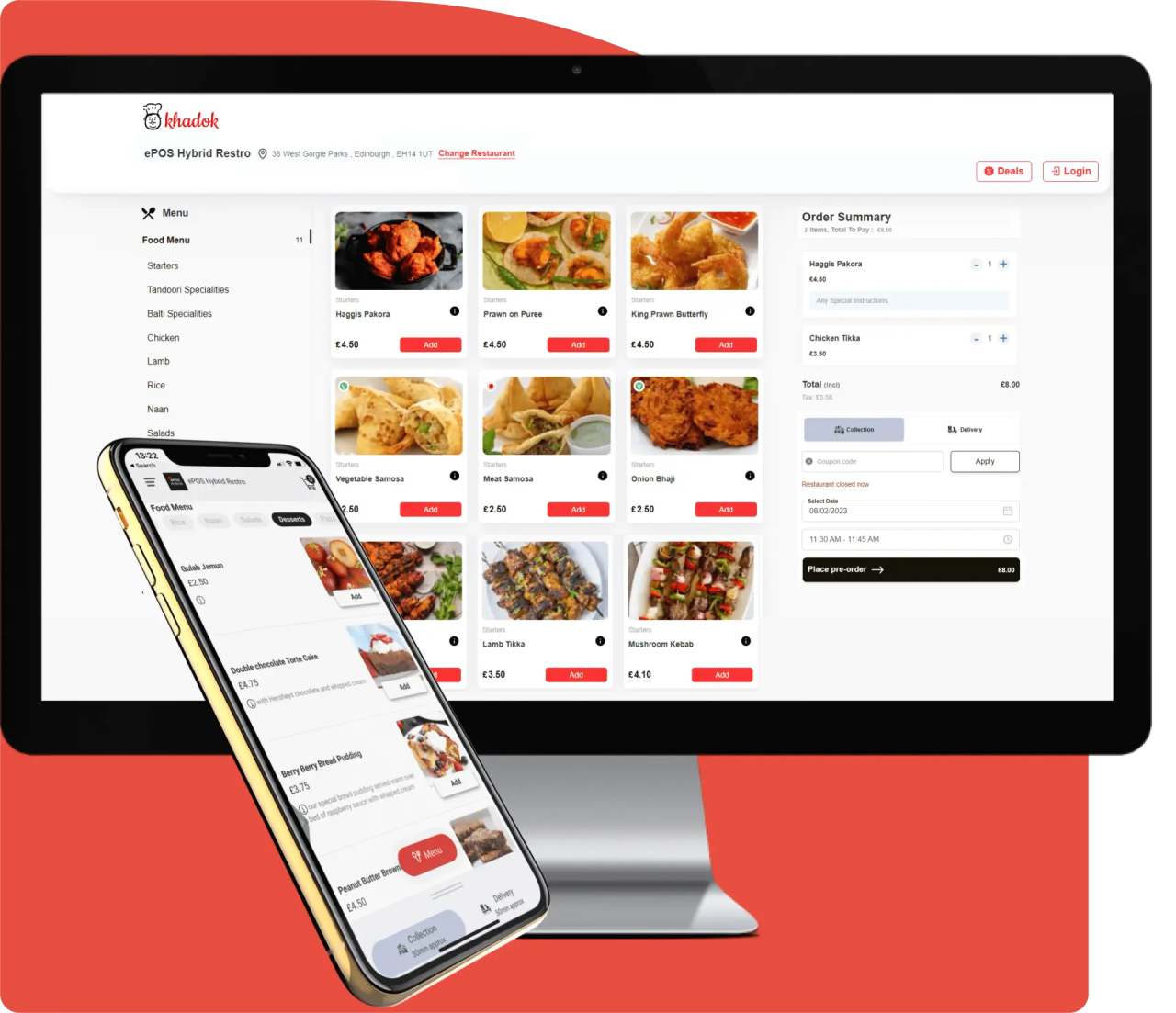
Conclusion
The modern-day restaurant isn’t just about delectable dishes; it’s about smart business operations. An ePOS system is an investment that promises streamlined operations, better financial management, and an unparalleled dining experience for customers. In the bustling world of hospitality, where every second and every penny counts, an ePOS system isn’t a luxury; it’s a necessity.
